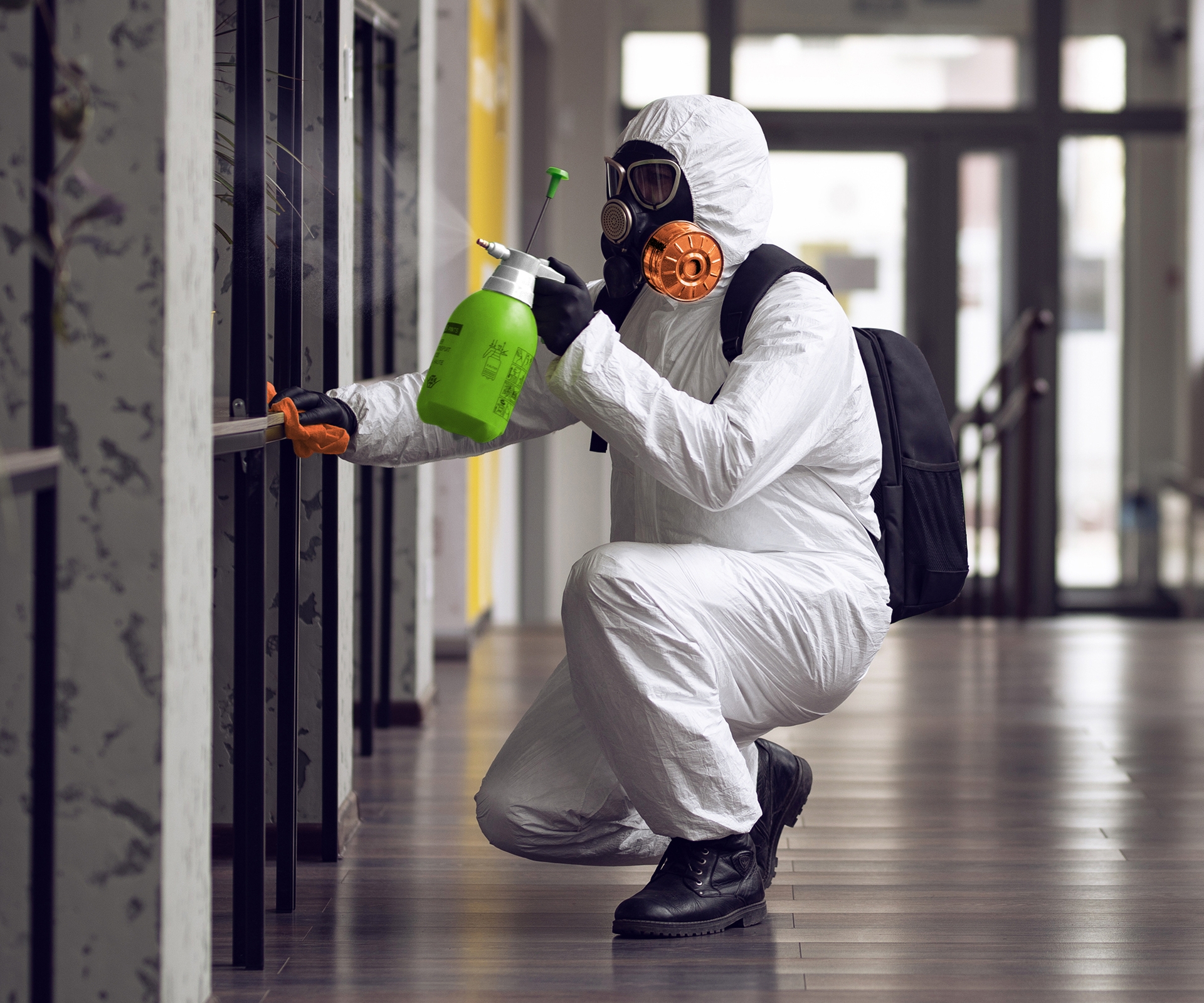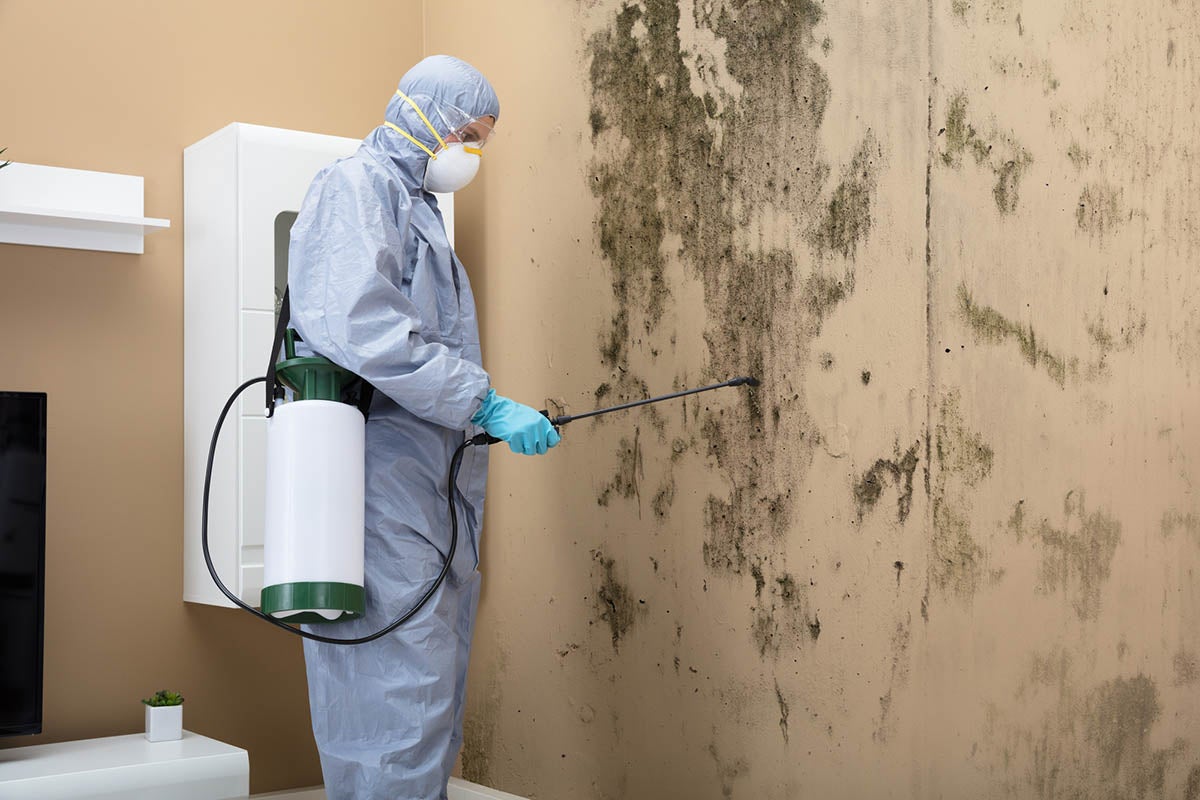Comprehensive Post Mold Remediation Procedures
Key Tips for Effective Article Mold Removal
Effectively completing mold and mildew removal is a diverse process that needs focus to detail and adherence to certain protocols. These steps not just verify the success of the remediation initiatives but likewise add to avoiding future mold and mildew development.
Evaluation of Treated Locations
Upon completion of the mold removal procedure, a complete inspection of the treated locations is vital to make certain the effectiveness of the remediation initiatives. This examination serves as a vital action in the post-remediation stage to verify that the mold elimination and cleaning procedures were successful in getting rid of the mold and mildew problem and restoring a risk-free indoor atmosphere. The examination should be conducted by qualified experts that have the expertise to evaluate the remediated areas diligently.
These include aesthetic assessments to inspect for any kind of indicators of mold development or water damages, dampness degrees to confirm that the area is dry and free of excess humidity that could advertise mold and mildew re-growth, and air high quality testing to make certain that the interior air is risk-free to take a breath. Additionally, the examination may include utilizing specialized tools such as dampness meters and thermal imaging cams to identify hidden mold and mildew or moisture pockets that might lead to future mold and mildew problems if left unattended.

Moisture Control Procedures
Efficient dampness control actions are crucial for preventing mold growth and keeping a healthy and balanced interior atmosphere. To achieve this, it is important to address sources of dampness within the building. Proper ventilation is essential to controlling moisture levels. Setting up exhaust followers in washrooms and kitchen areas can help remove excess wetness. In addition, utilizing dehumidifiers in wet areas can help decrease moisture levels, making it harder for mold and mildew to grow.
Consistently checking and maintaining the structure's outside can also stop moisture intrusion. what to do after mold remediation. Guaranteeing that gutters are clear, downspouts direct water away from the foundation, and the roofing system remains in great problem can assist prevent water from permeating into the building. Effectively securing doors and windows can additionally assist maintain dampness out
Any spills or leakages ought to be cleaned up and dried out within 24-48 hours to avoid mold growth. By implementing these dampness control steps, the danger of mold persisting can be substantially minimized, developing a healthier interior environment.
Proper Ventilation Analysis
An integral facet of making sure a healthy indoor setting blog post mold and mildew removal is performing a complete evaluation of the air flow system. After mold remediation. Appropriate air flow evaluation plays a vital role in stopping future mold and mildew development and preserving air high quality within the damaged room. Throughout the evaluation, specialists evaluate the efficiency of the ventilation system, examining for any obstructions, leakages, or breakdowns that might impede appropriate air flow. It is vital to guarantee that the air flow system is appropriately sized for the space it serves which it meets market requirements for air currency exchange rate.
Additionally, assessing the air flow system includes analyzing the distribution of air throughout the area to recognize any kind of locations of poor blood circulation where moisture and impurities could collect. Correct air flow not just assists in managing moisture levels however likewise aids in getting rid of air-borne mold spores and various other pollutants, thereby boosting general interior air quality. By addressing any type of air flow issues post mold and mildew removal, property owners can develop a healthier and a lot more comfortable setting for owners while minimizing the risk of mold re-infestation.
Cleaning and Disinfection Protocols
To make sure detailed mold remediation, meticulous adherence to specific cleaning and sanitation protocols is imperative. Cleaning up read here and disinfection methods play a vital function in the post-mold removal phase to avoid the reoccurrence of mold development and guarantee a healthy and balanced and safe setting.
In addition, carrying out precautionary actions such as applying mold preventions and keeping correct air flow can assist decrease the danger of future mold problems. By complying with stringent cleaning and sanitation protocols, residential or commercial property owners can make sure the effective elimination of mold and mildew and produce a healthy interior environment for owners.
Surveillance and Maintenance Plan
Implementing a Resources regular surveillance and upkeep strategy is important for making certain the long-lasting performance of mold and mildew remediation efforts. As soon as mold removal is completed, it is vital to establish a monitoring routine to evaluate the success of the remediation procedure. This entails consistently examining the previously impacted locations for any indications of mold and mildew reappearance or water damage. By carrying out regular checks, any kind of brand-new mold development can be immediately determined and addressed, avoiding a reoccurrence of the first issue.
Furthermore, creating a maintenance strategy is essential to stopping future mold and mildew issues. Normal upkeep not just assists in avoiding mold and mildew yet additionally contributes to preserving a healthy interior atmosphere - After mold remediation.
Verdict
Finally, effective post mold and mildew remediation involves complete assessment of dealt with locations, implementation of wetness control procedures, assessment of proper ventilation, adherence to cleansing and sanitation protocols, and establishment of a tracking and upkeep strategy. These essential actions are vital to guarantee that mold and mildew development is successfully eliminated and prevented from browse around here recurring in the future. By complying with these guidelines, homeowner can maintain a risk-free and healthy atmosphere for passengers.
Upon completion of the mold remediation process, a comprehensive examination of the dealt with areas is important to make certain the efficiency of the remediation efforts. These consist of visual assessments to examine for any kind of signs of mold and mildew growth or water damages, wetness degrees to verify that the location is dry and complimentary of excess moisture that can promote mold and mildew re-growth, and air top quality screening to ensure that the indoor air is risk-free to breathe. In addition, the inspection might involve utilizing specialized tools such as wetness meters and thermal imaging cameras to identify covert mold and mildew or moisture pockets that might lead to future mold and mildew troubles if left unattended. By addressing any kind of ventilation problems publish mold and mildew remediation, residential property owners can develop a much healthier and more comfortable atmosphere for passengers while reducing the risk of mold re-infestation.
